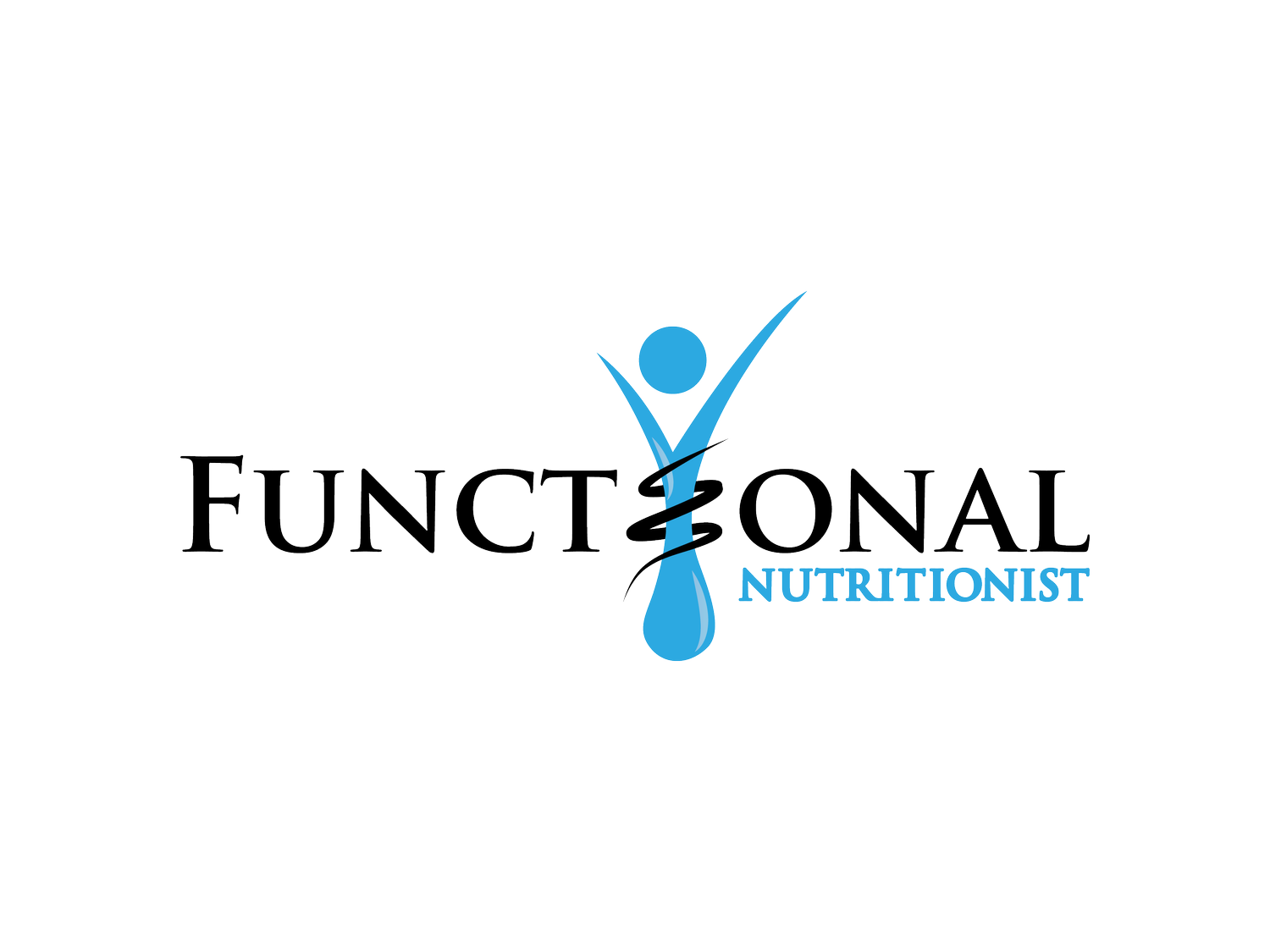PCOS - From a Functional Nutritionist Perspective
The name Poly Cystic Ovarian Syndrome (PCOS) is misleading in itself. Only 65% of women who have PCOS have the cysts visible on their ovaries through an ultrasound. 35% of women don’t have cysts. 15% of women in the Western World have PCOS with it exponentially increasing. It is the leading cause of infertility in the Western World.
A diagnosis of PCOS can be made when at least two out of the three of the following criteria are met:
1. The ovaries are polycystic because:
· 12 or more follicles are visible on one ovary or
· The size of one or both ovaries is increased
2. There are:
· High levels of male hormones (androgens)
· Symptoms suggesting an excess of androgens such as:
o Excess hair growth
o Acne
3. There is menstrual dysfunction such as:
· Lack of periods
· Irregular cycles
Stephanie Ruper from Paleo for Women has done extensive research on PCOS and has catergorised PCOS into three broad groups:
1. Insulin/testosterone problem
· This is the traditional PCOS that western medicine diagnose
· High testosterone, high insulin
· Cysts on ovaries
· Overweight
2. Metabolic and Psychological Stress
· Can be underweight or ‘normal’
· Imbalance between male and female hormones
· Stress hormones can act like males sex hormones
· Could be caused from over-exercising or under-eating
· Irregular cycles
3. Hypothyroid (low thyroid hormone) or Hashimoto’s
· Thyroid hormones are low so the cells lack energy for reproduction.
· Fatigue
· Difficulty losing weight
· It has significant overlap with 2.
4. A combination of all.
· PCOS means the body is in metabolic chaos and hormonal imbalance so every individual could present with different symptoms or be seemingly asymptomatic.
This is why treatment protocols should be specific to the individual. Functional diagnostic tests and pathology are important tools in determining the underlying causes of hormonal imbalances. It is essential to determine which PCOS patients are presenting with, so the correct treatment can be appropriate.
Treatment can be managed with diet, lifestyle and smart supplementation.
PCOS 1.
· Low carbohydrate diet to manage insulin resistance
· Strength training to help manage insulin resistance
· Losing weight
· Smart supplementation
· Acupuncture
PCOS 2 & 3
· A healthy carbohydrate intake needs to be included in the diet
· Maybe gaining some weight
· Restorative exercise
· Reduce stress
· Eating more in general
· Acupuncture
· Smart supplementation
Case Studies:
1. A ‘women’ has been trying to get pregnant for 2 years and was about to embark on the IVF journey. She decided to try Functional Diagnostic Nutrition as one last grasp at conceiving naturally. She had not had a 28 day cycle in 10 years, presented with insulin resistance and struggled to lose weight. Results from the functional tests showed HPA Axis dysfunction (adrenal fatigue), elevated testosterone and thyroid peroxidase elevated.
10 weeks on a protocol individualised for her specific results, history and symptoms and she is now pregnant, naturally.
2. A ‘woman’ lost a significant amount of weight through exercising and restricting calories. Her cycle become long and sporadic, presenting with anxiousness, feeling cold, extra sensitive and stressed. Previously had cysts but not displaying now.
The functional tests showed HPA Axis dysfunction, low progesterone, elevated estradiol and elevated testosterone.
Is currently following a protocol to help nourish, heal and de-stress to regain balance.
3. A ‘women’ was stressed in life, didn’t allow for down time, ate a low fat diet, including processed foods. Her weight had fluctuated her whole life. She was thinking about having a baby but had almost no cycle. Her blood hormone tests from the doctor came back low, she had no cysts displaying on her ovaries and was referred for IVF.
After running functional tests on her we discovered she was testosterone dominant in relation to estrogen and progesterone although all were low. She presented with HPA Axis dysfunction (adrenal fatigue, stage 3) and H.Pylori (an overgrowth of bacteria).
She followed a protocol to regaining hormonal balance, decreasing stress to increase progesterone, eradicating H.Pylori to decrease stress and included more nourishing foods in her diet. Her cycle came back and she has begun ovulating.
These are just some examples of the cases I have seen with many more examples and no two women presenting the same. Women’s hormonal cycles are so complex and intricate and can easily be disturbed through lifestyle habits. With all the different types of PCOS the one consistent element is that it is essential is to regain hormone balance to improve fertility.

